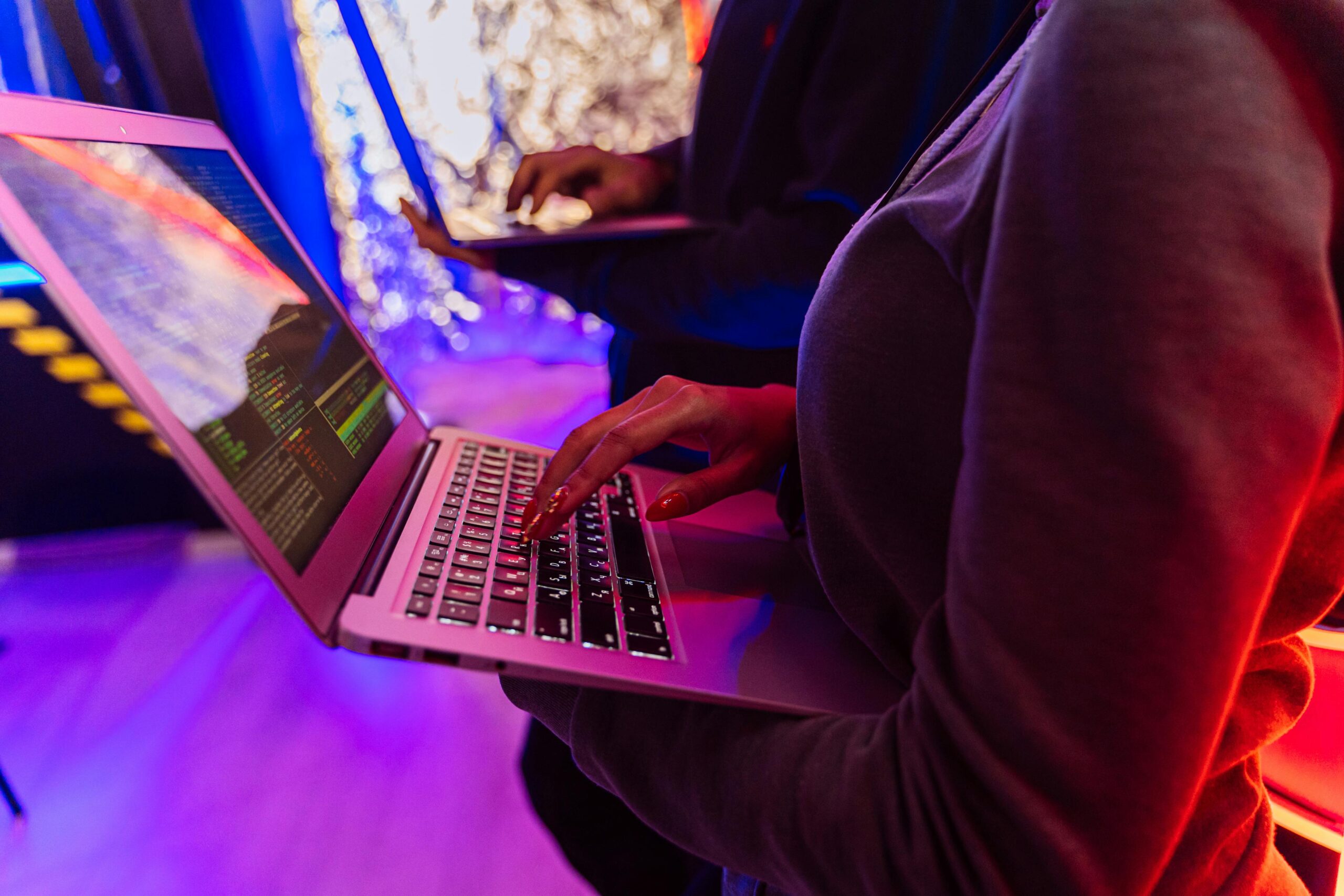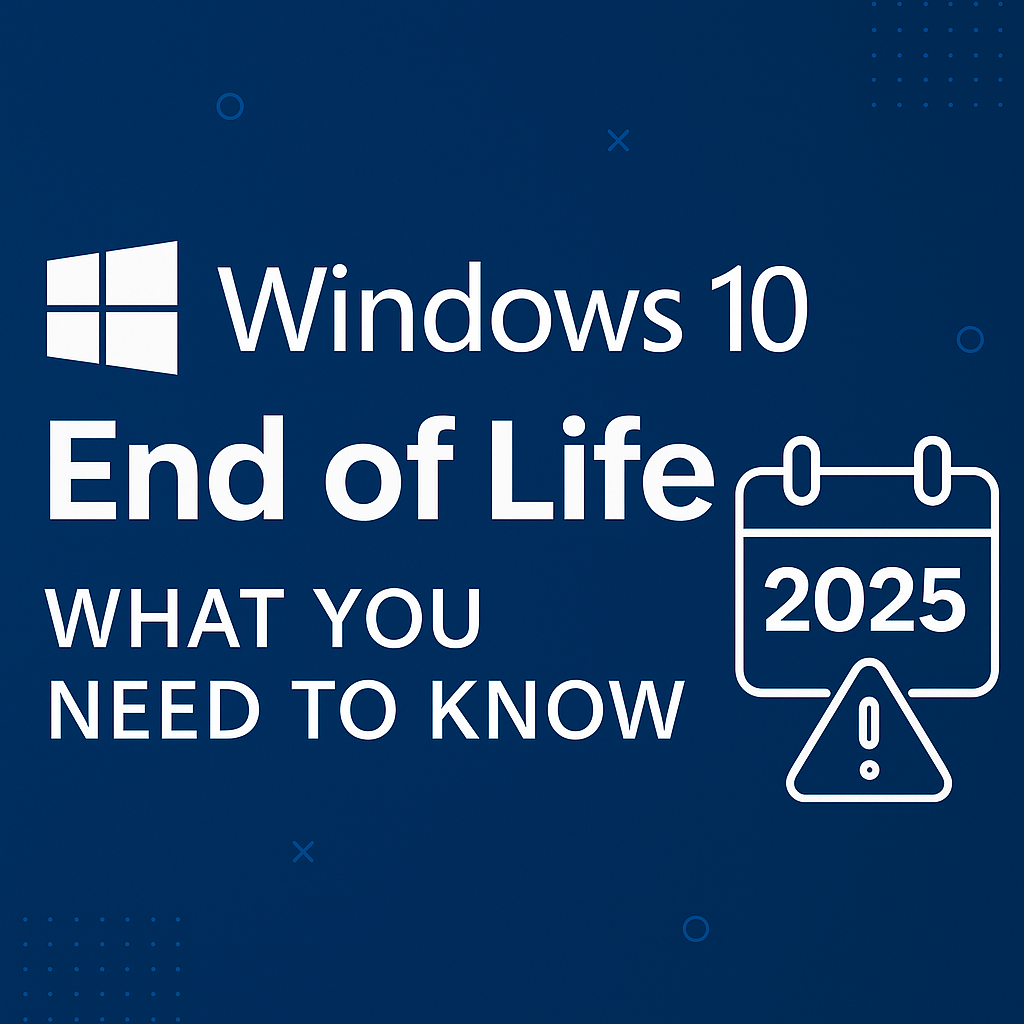In 2025, the market for selling used laptops is experiencing significant growth and transformation. With billions of dollars worth of unused tech sitting in households and the laptop market projected to grow by 4.9% in 2025, selling used laptops has become more than just a side hustle, it’s a strategic opportunity for both individual consumers and potential entrepreneurs.
The importance of knowing the right platforms to sell your used laptop cannot be overstated. As technology rapidly evolves, driven by factors like the Windows 10 end-of-life transition and the rise of AI-enabled devices, the demand for second-hand laptops is surging. Selling through the right channels can help you maximize your device’s resale value, contribute to environmental sustainability by reducing electronic waste, and potentially offset the cost of your next upgrade.
Whether you’re looking to recoup some investment or simply clear out old tech, understanding the best-selling platforms is crucial in 2025’s dynamic tech marketplace.
Ready to Turn Your Used Laptops into Cash? Contact Us Today!
Determining Your Laptop’s Value
Determining your laptop’s value in 2025 involves considering several key factors. The age of your device significantly impacts its worth, with newer models generally commanding higher prices. Specifications play a crucial role, as laptops with better processors, more RAM, larger storage capacity, and dedicated graphics cards tend to retain their value better. The physical condition of your laptop is equally important, with well-maintained devices fetching higher prices.
To estimate your laptop’s worth, you can utilize various online tools and websites. Many platforms offer price calculators where you input your laptop’s details to receive an instant valuation311. Researching similar models on marketplaces like eBay, Amazon, and Craigslist can provide insights into current market prices. Some specialized websites, such as Cashify, offer dedicated valuation tools for laptops. Additionally, consulting resale platforms that specialize in electronics can provide free estimations based on your laptop’s specifications.
It’s important to note that market demand can fluctuate, affecting your laptop’s value. Staying informed about current trends and in-demand models can help you maximize your device’s resale potential.
Preparing Your Laptop for Sale
Before selling your laptop, thorough preparation is crucial to protect your data and maximize its value. Start by backing up all important files using external storage or cloud services like Google Drive, Dropbox, or OneDrive. Ensure you’ve copied critical documents, photos, videos, and other personal data, and verify the backup’s accessibility from another device.
Next, focus on data security. Manually delete sensitive files like financial documents and personal photos, using file-shredding software for added protection. Sign out of all accounts, including email and Microsoft services, to prevent unauthorized access.
To enhance your laptop’s selling potential, invest time in cleaning and refurbishing. Physically clean the device using a soft, slightly damp cloth to remove dust and grime. Use compressed air to clean the keyboard and ports. Consider the laptop’s battery health, as buyers often scrutinize this component. Maintaining battery charge between 20-80% and avoiding extreme temperatures can help preserve its condition.
For added value, consider minor hardware upgrades like increasing RAM or storage, which can make your laptop more appealing to potential buyers6. Finally, use Windows 10/11’s built-in factory reset option to completely wipe the system, presenting a clean, ready-to-use device.
Online Marketplaces to Sell Laptops
When selling laptops online in 2025, several platforms offer excellent opportunities for sellers. eBay remains a top choice, with over two billion product listings and 133 million active buyers worldwide. The platform allows sellers to list laptops through auction or fixed-price formats and provides a transparent selling process.
Amazon is another major marketplace, attracting over 2 billion monthly visits and offering extensive reach for sellers. These mainstream platforms provide broad exposure but come with associated selling fees, typically ranging between 10-15% of the total sale price.
There are also specialized sites that often provide quick quotes, streamlined selling processes, and sometimes even free shipping. They cater specifically to electronics, potentially offering more targeted and efficient selling experiences compared to general marketplaces.
When choosing a platform, consider factors like fees, ease of use, potential buyer reach, and payment methods to maximize your laptop’s resale value.
Ready to Turn Your Used Laptops into Cash? Contact Us Today!
Local Options for Selling Laptops
Local selling options offer unique advantages for laptop sellers in 2025. Computer repair shops and local electronics stores often provide immediate cash offers and convenient transactions. These businesses frequently seek functional used laptops for parts, refurbishment, or resale, making them attractive alternatives to online platforms.
Local computer stores typically assess your laptop’s condition on-site, offering transparent valuations. Some shops specialize in buying and reselling used electronics, understanding market dynamics and providing fair prices. The primary benefits include instant payment, no shipping hassles, and the opportunity to negotiate face-to-face.
Community-based selling platforms have also evolved, offering localized options:
- Facebook Marketplace
- Craigslist
- Nextdoor
- Local community Facebook groups
- University bulletin boards
- Community center classified sections
These platforms enable direct connections with local buyers, reducing potential shipping risks and transaction fees. They’re particularly effective for selling to nearby tech enthusiasts, students, or small businesses seeking affordable computing solutions.
When using local selling channels, prioritize personal safety by:
- Meeting in public locations
- Bringing a friend
- Accepting secure payment methods
- Verifying the buyer’s legitimacy
Local selling can be an efficient, quick method to convert your used laptop into cash. You just need to make sure you’re taking the necessary precautions.
Selling Laptops on Social Media Platforms
Selling laptops on social media platforms like Facebook Marketplace has become a popular and efficient option in 2025. With over 1 billion monthly active users, Facebook Marketplace provides a vast audience, making it easier to connect with potential buyers. The platform is free to use, and creating a listing is straightforward: upload high-quality photos, include detailed descriptions (brand, specifications, condition), and set a competitive price. Sharing your listing in local buy/sell groups can further boost visibility and attract interested buyers.
When selling through social media, safety is paramount. Always meet buyers in public places, such as a busy café or even a bank lobby, where security cameras are present. Avoid accepting payment methods like e-transfers or checks due to risks of fraud or reversals. Cash transactions are often the safest option. Before finalizing the sale, demonstrate that the laptop functions properly to avoid disputes later.
Additionally, stay vigilant against scams. Be cautious with overly generous offers or buyers requesting shipping without proper payment guarantees. Respond promptly to inquiries and maintain clear communication about the laptop’s specifications and condition. By following these tips, you can leverage social media platforms effectively while ensuring secure transactions.
Trade-In Programs for Laptops
Trade-in programs provide a convenient and eco-friendly way to sell your laptop while offsetting the cost of a new device. Many manufacturers, such as Lenovo, Microsoft, and Apple, offer trade-in options that allow you to exchange your old laptop for store credit or cash.
For instance, Lenovo’s Trade-In Program accepts devices from various brands and provides store credit to be used toward new purchases. This program also promotes sustainability by ensuring that traded-in devices are either refurbished or responsibly recycled.
Similarly, Microsoft’s Trade-In Program offers cash payments through PayPal or bank transfer after assessing your device’s condition, making it a straightforward option for sellers. Apple also provides competitive trade-in values, which can be applied directly toward new Apple products either online or in-store.
Retailers like Best Buy and Currys also run trade-in programs where you can bring in your laptop for an instant valuation. These programs are quick and often include discounts on new purchases.
However, trade-ins generally offer less monetary value compared to selling outright on marketplaces. The main advantage lies in their simplicity and safety—there’s no need to find buyers or handle negotiations. On the downside, trade-ins typically require purchasing a new product from the same retailer or manufacturer.
Maximizing Your Profit When Selling Laptops
Maximizing profit when selling laptops requires careful consideration of timing and pricing strategies. In terms of timing, selling just before new models are released can often yield higher prices. For instance, selling in late spring or early summer, before the back-to-school season (June-August), can be advantageous as new laptop models are typically introduced during this period. Additionally, the holiday season (September-December) sees increased demand, potentially allowing for better pricing.
Pricing strategies play a crucial role in attracting buyers without undervaluing your laptop. Consider using anchor pricing, where you display a higher original price alongside a discounted price to create a perception of value. Price skimming can be effective for newer, high-demand laptops, starting with a higher price and gradually lowering it over time. For older models, a penetration pricing strategy might work better, offering an initially low price to attract buyers and then gradually increasing it.
It’s also important to research current market trends and prices for similar models to ensure competitive pricing. Utilizing promotional pricing, such as offering time-limited discounts or bundle deals, can create urgency and attract potential buyers8. Remember, the key is to balance attracting buyers with maintaining a fair value for your laptop.
Safety Considerations When Selling Laptops
Protecting your personal information and ensuring secure transactions are critical when selling a laptop. Begin by thoroughly backing up all important data to an external drive or cloud storage.
Afterward, perform a factory reset to erase all personal files, or use specialized data-wiping software for added security. Deauthorizing accounts linked to the laptop, such as email, cloud services, and software licenses, is essential to prevent unauthorized access by the new owner. For maximum security, consider encrypting the hard drive or physically removing it if you’re highly concerned about sensitive data recovery risks.
When meeting buyers in person, prioritize safety by choosing public locations with surveillance, such as coffee shops or bank lobbies. Bring a friend if possible and avoid sharing personal details beyond what’s necessary for the transaction.
Cash is typically the safest payment method for in-person sales, but if using digital payments, ensure they are completed before handing over the laptop. Avoid accepting checks or money orders due to fraud risks.
Additionally, document the condition of the laptop with photos or videos beforehand to protect yourself from disputes after the sale. These steps will help ensure a secure and hassle-free selling experience.
Environmental Impact of Selling vs. Recycling Laptops
The responsible disposal of old laptops is crucial for mitigating environmental impact. Improper disposal can lead to hazardous materials like lead, mercury, and cadmium contaminating soil and water1. Recycling laptops conserves valuable resources, reduces the need for raw material extraction, and saves energy equivalent to powering 3,500 homes for a year.
Selling functional laptops extends their lifespan, reducing e-waste. However, recycling is the best option for non-functional laptops. Many manufacturers and retailers offer trade-in or recycling programs. Local e-waste collection events and certified e-waste recyclers provide safe disposal options. Companies like Electronic Scrap specialize in responsible laptop recycling, offering secure data erasure and detailed asset tracking.
For laptops beyond repair, consider selling them for parts on platforms like eBay or to local repair shops. Alternatively, donate them to refurbishment programs or schools, extending their usefulness while reducing waste.
Conclusion
In 2025, selling your used laptop has become more accessible and potentially lucrative than ever. From online marketplaces like eBay and Amazon to specialized platforms, sellers have numerous options to maximize their device’s value. Local computer stores, social media platforms, and manufacturer trade-in programs offer additional avenues for converting your old laptop into cash.
The key to a successful sale is thorough preparation: back up your data, clean the device, accurately assess its value, and choose the right platform. Prioritize safety by using secure payment methods and meeting in public locations. Remember that timing, pricing strategy, and presentation can significantly impact your selling price.
Ultimately, selling your laptop not only provides financial benefits but also contributes to environmental sustainability by reducing electronic waste. By making informed decisions, you can turn your used technology into a win-win opportunity for both you and the buyer.
Ready to Turn Your Used Laptops into Cash? Contact Us Today!



